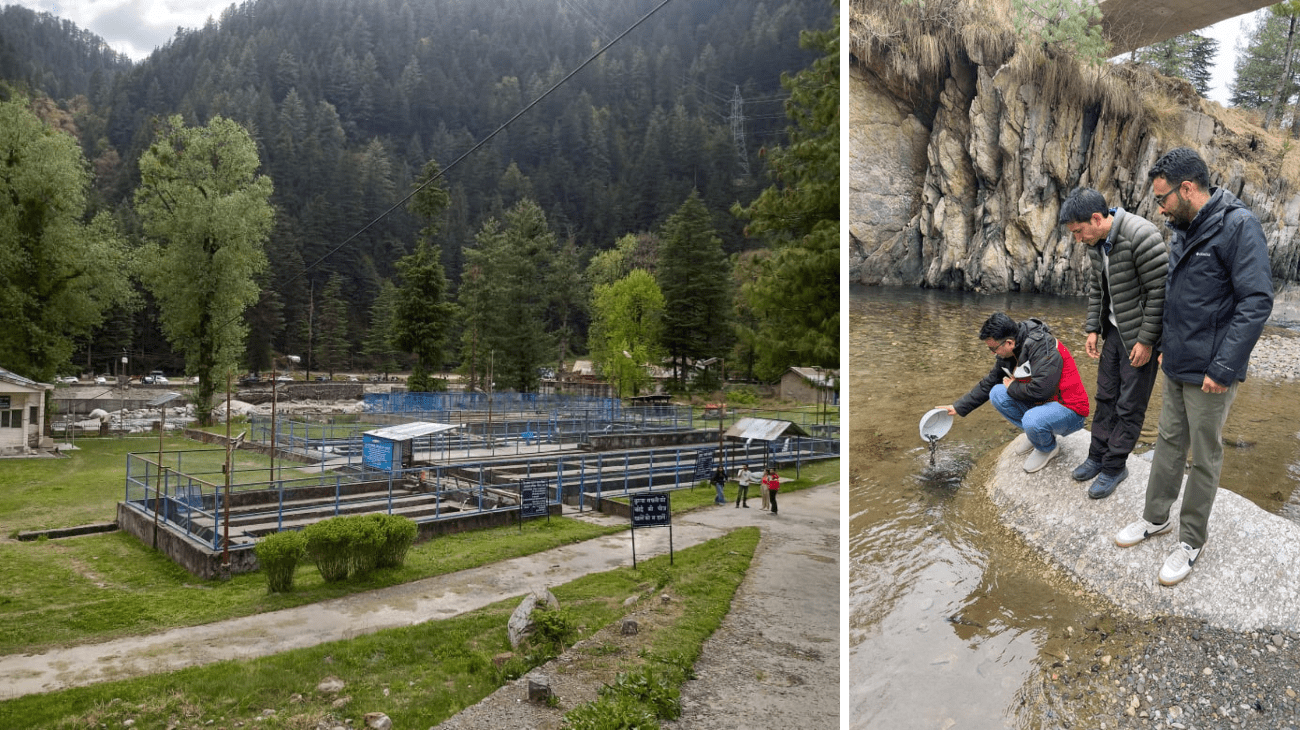Highlighted how it will be a game-changer for Himachal and country
Sunil Chadha
Shimla: Even before the much-awaited environmental clearance for the Una Bulk Drug Park was officially granted by the Centre, The Newz Radar (TNR), the only English digital news network based out of Himachal Pradesh, had already turned the spotlight on its game-changing potential through a 10-part investigative series that examined the project from all angles — economic, strategic and environmental.
The series, which was published in the second fortnight of June 2025, comes at a crucial time when whispers were growing louder that the Centre may reconsider its decision to set up the park in Himachal Pradesh and potentially shift it elsewhere. Amid this uncertainty, TNR’s in-depth reportage helped contextualise what was at stake — not just for the state, but for India’s pharmaceutical self-reliance as a whole.
TNR unpacks Himachal’s pharma future
Through interviews, field reports, policy deep-dives and expert opinion, the TNR series laid out a compelling case for why the Bulk Drug Park in Haroli, Una, was not only viable, but necessary. The articles explored how the park could reshape the economic landscape of Himachal Pradesh, unlock Rs 8,000–10,000 crore in private investment, and generate over 20,000 employment opportunities, both directly and indirectly.
At a time when national attention was largely focused on India’s dependency on Chinese imports for active pharmaceutical ingredients (APIs), TNR brought the local narrative to the fore — showcasing how Haroli could become the heart of India’s pharmaceutical manufacturing.
One of the standout pieces in the series explained how the park would bolster India’s drug security, noting that the country currently imports nearly 65% of its APIs from China — a number that climbs to 90% for some life-saving drugs. TNR contextualised how the Una project would help reduce this reliance by facilitating local production of at least 41 critical APIs by 2026, leading to savings of over Rs 10,000 crore annually in foreign exchange.
A counter to speculation
The investigative series assumed greater significance as doubts swirled around whether Himachal Pradesh could meet the technical, environmental and logistical requirements for such a massive industrial project. Reports had emerged suggesting that the central government was reviewing the feasibility of continuing with Una as the project site, prompting concerns within the state and industry circles alike.
TNR’s coverage, however, countered this narrative by highlighting the robust groundwork laid by the Himachal Pradesh government, including the preparation of a detailed project report, early-stage environmental studies and strategic land identification. It also featured voices from local stakeholders, policy experts and industry veterans, who backed Una as an ideal location due to its existing pharma ecosystem, skilled labour base and pro-industry policies.
Now, with the environmental clearance officially granted by the Union Ministry of Environment, Forest and Climate Change on September 2, 2025, the Bulk Drug Park is back on track — and TNR’s early efforts in educating the public, influencing discourse and holding the spotlight on Himachal’s industrial ambitions have been vindicated.
As Himachal Pradesh Chief Minister Sukhvinder Singh Sukhu and Industries Minister Harshwardhan Chauhan celebrate the clearance as a “game-changer”, it’s worth recalling that public support, political will and informed journalism all played vital roles in keeping the project alive.
For Deputy Chief Minister Mukesh Agnihotri, who represents Haroli — the site of the upcoming park — the project has both political and personal significance. It promises to transform not only his constituency but also place Himachal Pradesh firmly on the global pharmaceutical map.






